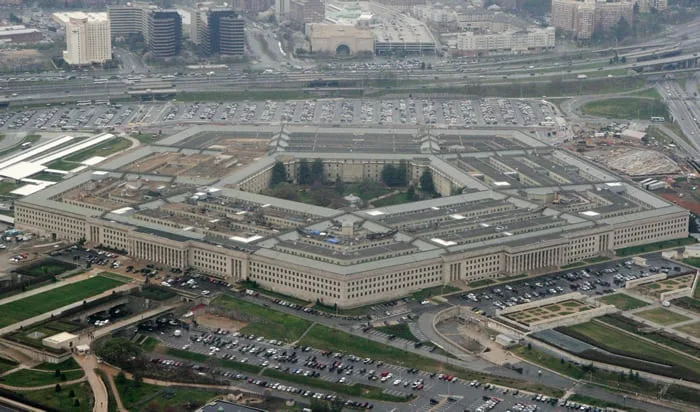One of the most vital advances for modern American combat soldiers can be summed up in two words: body armor.
Troops in past wars were far more vulnerable to bullets and shrapnel than those who are fighting today in Iraq, many of whom have survived only because of this vital protection. Tremendous improvements in emergency medicine over the last half-century also now save many wounded combatants who would have died in earlier conflicts. Still, the best way to survive any war is to not be struck by any projectile that can penetrate human flesh.
But if body armor represents a blessing in this war, it also represents a failure. The Pentagon, failing to anticipate the violence that swept Iraq following the fall of Saddam Hussein, lacked enough modern bullet proof vests for everyone serving there. It also lagged in gearing up production of armored vehicles – leaving many soldiers in trucks that were painfully vulnerable to mines and roadside bombs. A lot of men and women in uniform decided they had no choice but to buy their own flak jackets and install makeshift armor on unclad vehicles.
So on this subject, the Defense Department doesn’t enjoy complete credibility with those in the ranks. That may explain why the Army has felt compelled to put out a directive banning the use of any protective equipment it hasn’t issued. Said Col. Thomas Spoehr, Army director of materiel, “We’re very concerned that people are spending their hard-earned money on something that doesn’t provide the level of protection that the Army requires people to wear. So they’re, frankly, wasting their money on substandard stuff.”
But if the Army is issuing better equipment, why would men and women in the field go to the trouble of procuring their own?
For a long time, it was because the military simply didn’t have enough to go around. After that problem was solved, another emerged. In January, The New York Times revealed a secret Pentagon study that concluded that 80 percent of the Marines who died from torso wounds in Iraq might have survived had their protective vests been equipped with plates to shield their shoulders and the sides of their upper bodies. The study didn’t count all the Army lives that might have been saved.
It was not until the Times story appeared that the Army decided to spend the extra money – about $450 per soldier – to furnish state-of-the-art protection to everyone who needs it. The new hard armor plates are supposed to be delivered over the next year to personnel in Iraq and Afghanistan.
This equipment is not an unmixed blessing: Some Marines who have gotten the extra armor have chosen not to use it, because it adds weight and hampers mobility. But the Army has decided the trade-off is attractive enough to justify procuring 230,000 sets. So it’s not surprising that soldiers still waiting for delivery from the government might want to get it elsewhere; better today than tomorrow.
Rather than bar soldiers from buying body armor from private companies, the military could provide guidance on which gear is reliable and which is not. Better yet, it could supply all personnel with what it thinks they should have.
Until then, the Pentagon shouldn’t get in the way of soldiers who think they need more protective gear than what they’ve been given.










